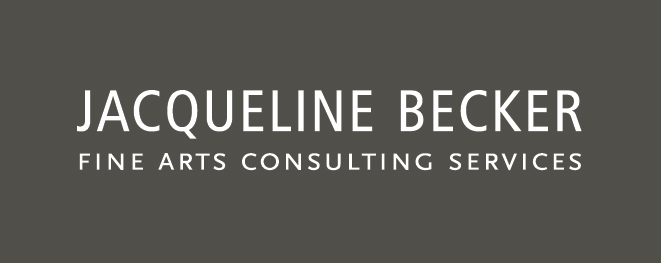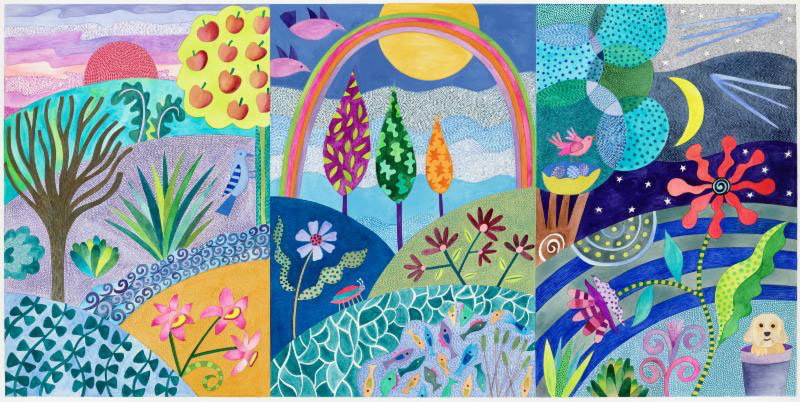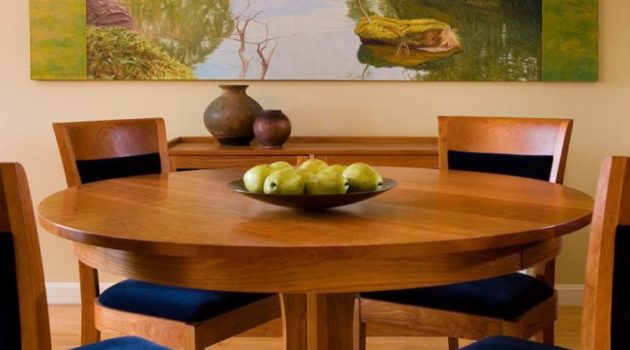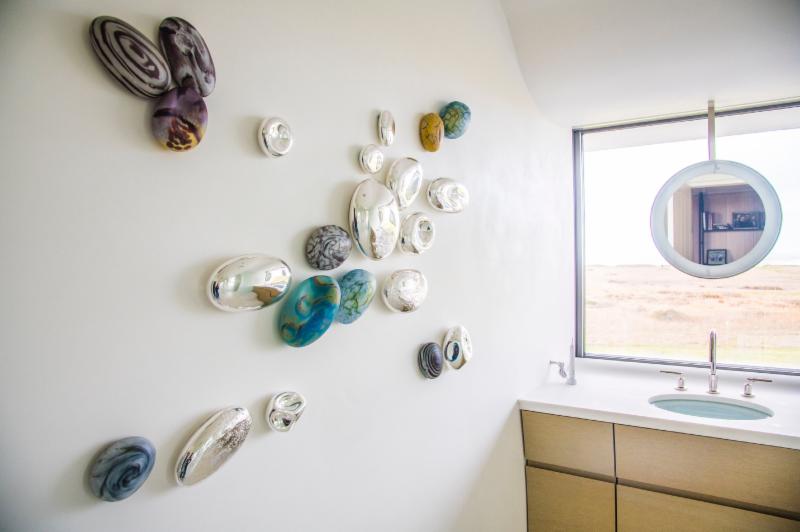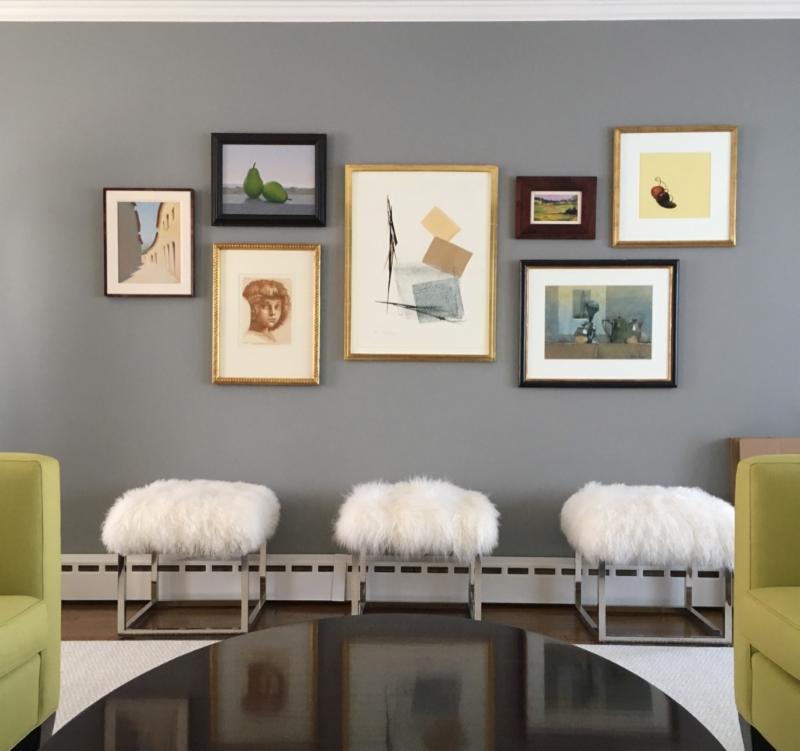What are the factors that govern whether or not fine art becomes a valuable investment? Should you buy fine art simply because you love it, or because of its future value?
I frequently encourage my clients to set aside the investment aspect of art buying and concentrate simply on selecting art that feeds their soul and completes their space to perfection.

A visitor studies Andy Warhols ‘Dollar Signs’ in Sotheby’s London showroom. Photo by Mary Turner, Getty Images.
But if you’d like to also factor in the investment potential of art, here is a check list of the most important considerations:
1. What would you like to collect? Are you eager to become expert in that art, or will you be engaging a professional to guide your purchases? Do not invest without first doing your homework.
2. How much can you afford to invest? In 2017, the average price for a piece of contemporary fine art was $27,900. If that’s out of your budget, you may wish to consider low cost, up and coming artists, and aim to spot the next Picasso rather than invest in established fine art.
3. Sobering news: from a return perspective, art returns 7.6 percent each year, while the S&P 500 delivers an average 9.8 percent return. Mutual funds anyone?
4. Once you’re ready to invest in art, how do you assess if the price is correct? Art is a commodity, so sometimes fads will inflate prices on hot artists. But most art prices are based on more concrete criteria: the artist’s education, exhibition history, reviews in important art journals, which galleries carry their work, and important collectors who own their work.
5. If you are buying art with a proven track record, you can access auction records that will vet prices. But auction prices may be much lower than those from established galleries. Auctions are the wild west of art sales, where a ‘buyer beware’ ethos prevails. Sometimes auctions actually drive up prices when multiple buyers are hell bent on owning the same art.
6. Reputable galleries or consultants will charge standard retail prices, but your purchase comes with the guarantee of authenticity, and a host of other support services including personal advising. As you may have guessed, I’m big on buying art you love, and investing in financial assets. There are no shortcuts to developing the expertise required to making successful fine art investments. So feed your soul, and just maybe, you will fall in love with the next Picasso.
